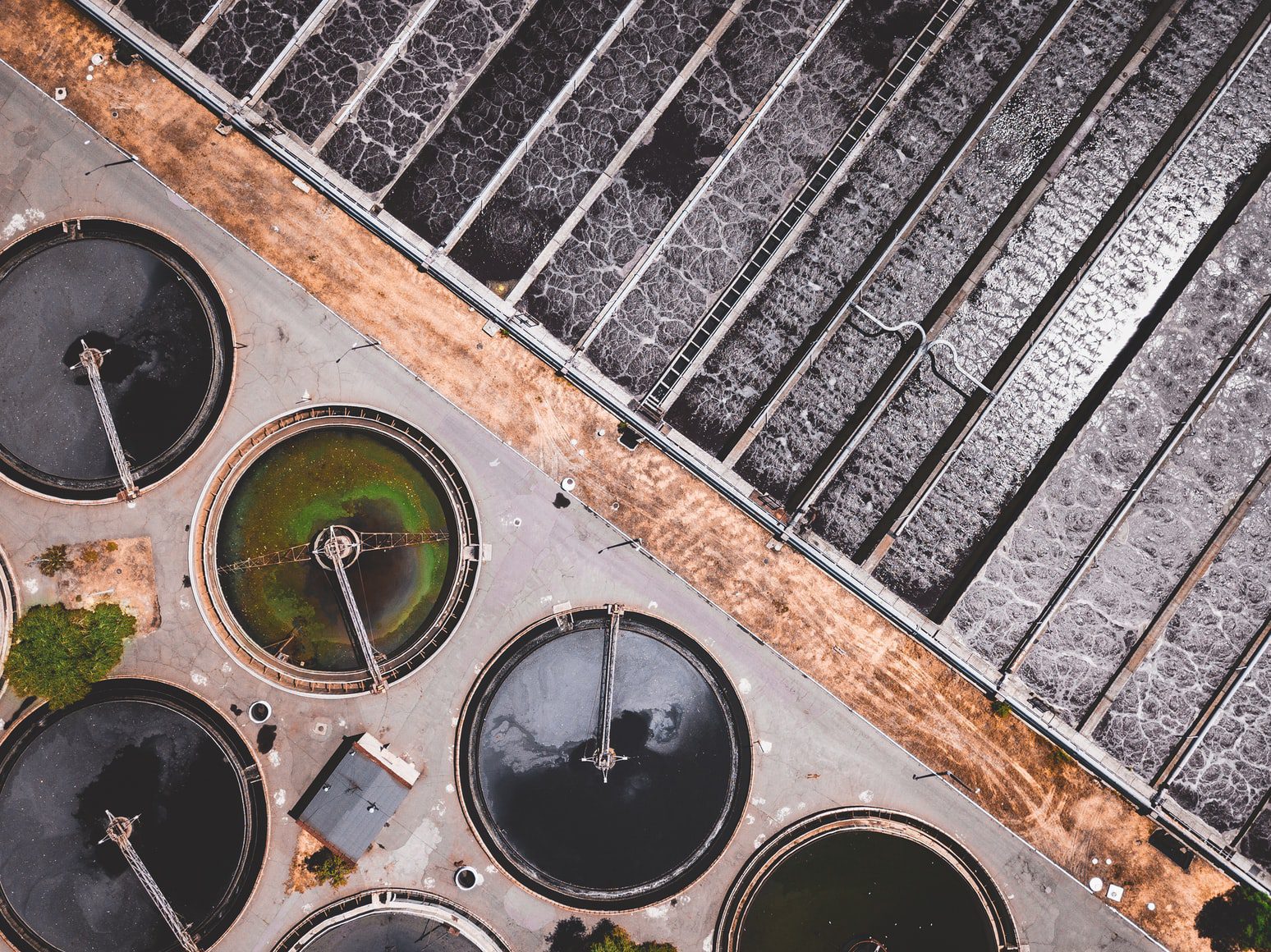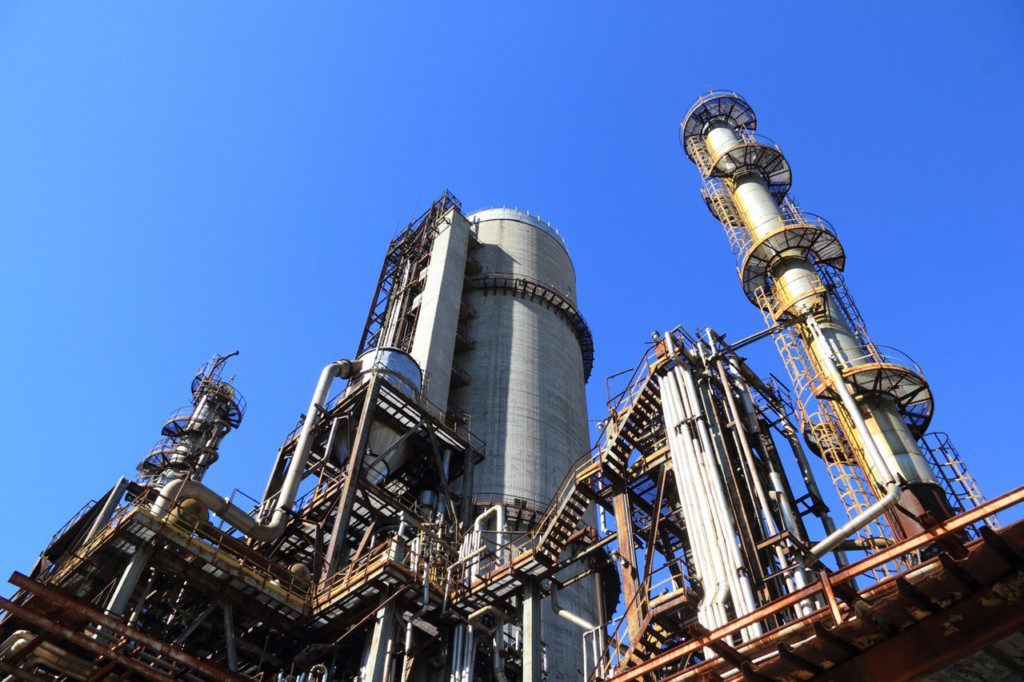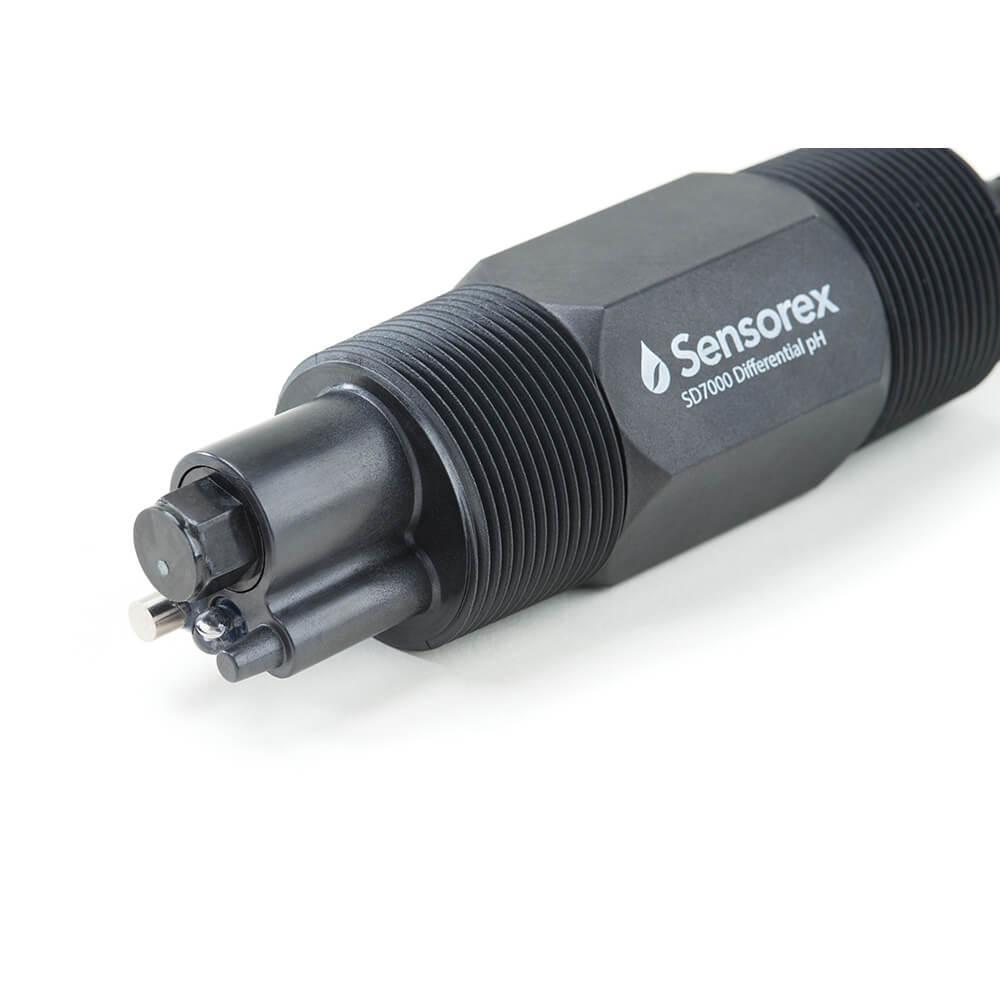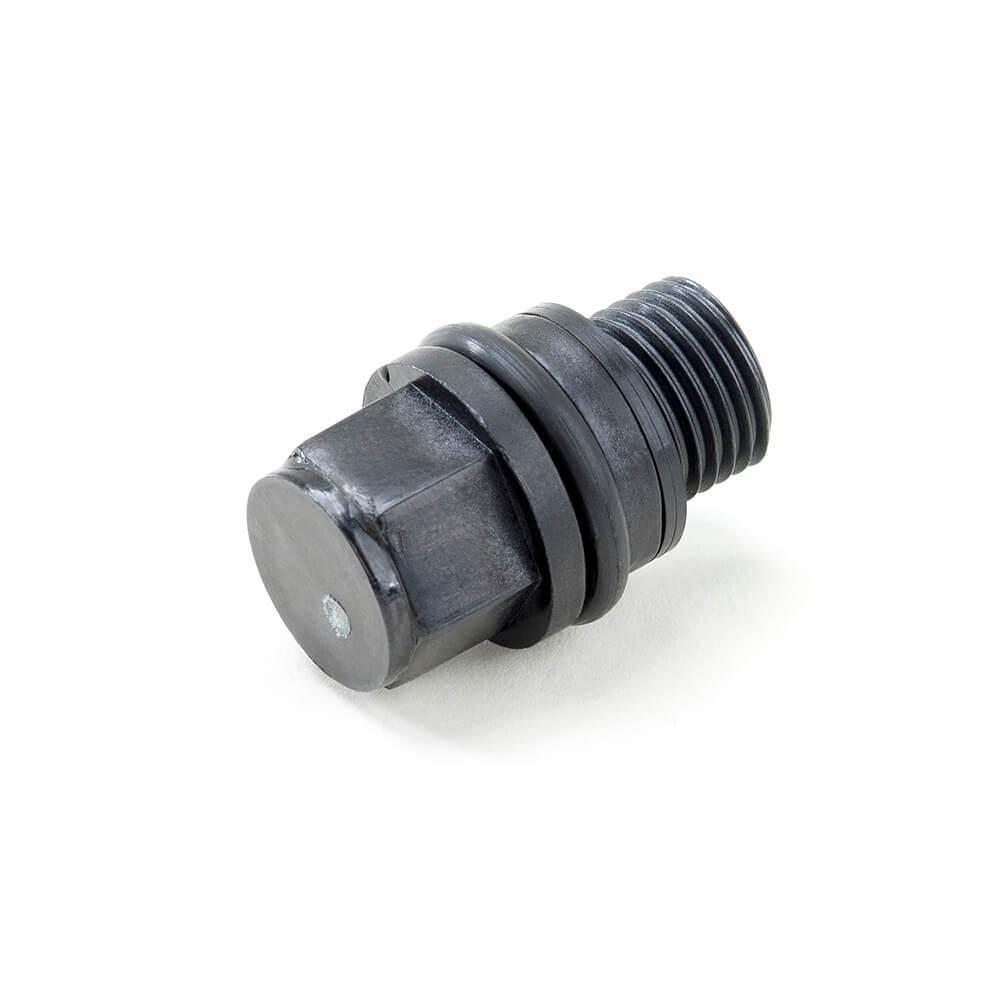05/30/2022 | Neutralization of Industrial Wastewater | 8 MINUTE READ
Using pH Control in Wastewater Treatment

Treating wastewater is an integral aspect of making sure that any wastewater effluent is properly decontaminated before being reused or sent out into the environment. When treating wastewater, it’s important to set water quality parameters that will guide all testing that occurs before and after the water is treated.
While there are several different measurements that can be used to determine current water quality, among the most important involves pH. The water’s pH indicates how acidic or alkaline the water is. When you perform wastewater treatment in your facility, you may be able to use pH control to effectively treat the water and filter it enough to be sent into the environment or reused.
Even though each effluent stream can differ in the types of contaminants present in the water, wastewater treatments usually involve getting rid of organic compounds and heavy metals from the stream. By controlling pH levels in water, it’s possible to implement important aspects of the wastewater treatment process. Adding basic or acidic chemicals to the water allows for dissolved waste to separate from the water while the treatment process is ongoing.
Keep in mind that water consists of a hydroxide ion with a negative charge and a hydrogen ion with a positive charge. Water can be acidic if it has a pH reading below 7.0. This type of water will have a higher concentration of hydrogen ions. On the other hand, basic water with a pH of over 7.0 will consist of high levels of hydroxide ions. The concentration of hydroxide and hydrogen ions is balanced in neutral water with a pH of 7.0.
Controlling pH during wastewater treatment is important because it allows industrial facilities to reduce contaminants to a level that makes the effluent safe once released into the environment. The Environmental Protection Agency has strong guidelines that industrial and manufacturing facilities must adhere to before disposing of wastewater. Any violation of these guidelines could result in substantial fines being levied. The following provides you with a comprehensive guide on pH control and how it can be used when treating wastewater.

Why is pH Control in Wastewater Treatment Systems Important?
When you use a water quality sensor, you can detect the conductivity, dissolved oxygen concentration, chlorine levels, or pH of water. While all of these measurements can be helpful when identifying the current quality of a water sample, pH is the simplest and most straightforward measurement, which is why it’s regularly used as part of a facility’s water treatment efforts.
Keep in mind that pH is considered to be a chemical component of wastewater, which means that it has a clear and distinct influence on the ability to treat wastewater. This measurement is effective whether you use a biological or chemical treatment method. Since pH is considered to be a critical aspect of wastewater, it’s also a highly important when it comes to treating wastewater.
When you chemically adjust the pH levels of water, it becomes possible to get rid of various types of heavy metals from the water. In the majority of wastewater or runoff, different contaminants like metal will become dissolved in the water, which means that they won’t settle out. By raising pH levels, the metal ions with positive charges will become bonded with hydroxide ions that have negative charges.
Once this bond occurs, a considerably more dense and insoluble particle will be created. This particle is heavy enough to settle out of the wastewater, which gives you the opportunity to manually filter these particles via a treatment method of your choosing.
Along with the aforementioned treatment method, industrial facilities use pH to eliminate any bacteria that exists in wastewater. Most of the bacteria and organic matter that people come into contact with on a daily basis are suitable to live in a slightly alkaline or neutral pH environment. When the pH drops to acidic levels, the excess amounts of hydrogen ions will become bonded together and eventually break down the bacteria cell.
This process leads to bacterial growth slowing and eventually being killed. Once the wastewater treatment process is administered, pH levels will need to be increased to get the water back to a neutral pH. This can only be done by introducing additional chemicals to the water. Without increasing the pH, any living cells in the water will become damaged.

Monitoring pH Control
The majority of water treatment systems that are integrated into industrial facilities are dynamic and require regular changes to adhere to different plant operating conditions, seasonal water chemistry variations, and new environmental laws. As a result of these factors, monitoring is necessary to make sure that your pH control methods are being properly administered at all times. The many benefits that are derived by monitoring your pH control program include:
- Lower risks with underfeed and overfeed issues
- Improved plant operation quality
- Compliance with any environmental regulations
- Better productivity throughout your facility
- Increased energy and water savings
You can monitor your pH control program manually or with a continuous system that uses automation instrumentation. The manual monitoring method requires facility technicians or operations to perform control limits. Testing frequency can differ from once every hour to once every day. Once you’ve received pH test results, facility operators can make manual adjustments by identifying the amount of change that must be made. Manual monitoring is effective if water treatment isn’t a priority for your facility.
Continuous monitoring is necessary for larger industrial or water treatment facility that require better quality and reliability. Precision is necessary when controlling pH levels and making sure that the water chemistry is perfect. Obtaining the level of precision that’s needed may require continuous on-line monitoring that uses automatic instrumentation.
One types of equipment that is used for pH monitoring is a PID-type controller, which is able to regulate the amount of a chemical that’s pumped into the water to increase or decrease pH levels. PID refers to proportional, integral, and derivative. These parameters create a control signal that’s based on a set measurement. Extensive pH control helps to improve a facility’s wastewater treatment efforts and reduce the amount of chemicals that are used, which should improve profitability.
In order for pH control to be performed effectively at all times, a pH adjustment system must be installed in the wastewater tank with a batch or continuous pH-adjustment system. Once installed, there are many pieces of technology that can be used to monitor pH readings and make sure that your water treatment methods are effective.

How to Increase and Decrease pH in Wastewater Treatment Systems
As mentioned previously, increasing or decreasing pH levels in wastewater treatment systems requires the use of a batch or continuous pH-adjustment system. If you opt for a continuous system, you’ll notice that the pH treatment tank in your facility operates at full constantly. Whenever a single gallon is added to the tank, one gallon will leave the tank at its discharge location. The main advantage to using a continuous adjustment system is that equipment is easy to use and can handle high flows without too many problems.
As for batch pH adjustments, this process involves using a level sensor, discharge valve, treatment tank, caustic and acid metering pumps, pH sensor, and controller. When water is sent into the tank, it remains there until water treatment has occurred. No water leaves the tank until effluent has been properly treated. Batch systems are ideal for relatively small volumes of water or effluent. The main benefit of using this system is that it’s easier to make large pH adjustments without wasting chemicals in the process.
The industries that commonly perform pH adjustments while treating wastewater include:
- Textiles
- Food production
- Metal fabricating and plating
- Metal painting
- Pump and paper
- Chemical processing
Keep in mind that the only way to know how pH should be adjusted is to first identify what types of impurities and pollutants are in the water.

Choosing a pH Electrode
Regardless of the industry you currently work in, you can use a pH electrode or sensor to perform pH control for wastewater treatment purposes. One option available to you is a combination pH electrode, which is known to rely on silver chloride and silver reference solutions. If you use this type of electrode when treating wastewater that contains high concentrations of metal ions, you may need to regularly replace the pH electrode because of contamination. However, the most modern designs are able to protect the main reference solution from being contaminated.
If you want to avoid the extensive cleaning and maintenance that comes with combinations pH electrodes, consider a differential pH sensor, which consists of three electrodes. Using this type of sensor allows you to avoid reference poisoning with the inclusion of a buffered reference solution. In turn, you will benefit from being able to extend the life of the sensor in question.
Whether you want to reuse the effluent streams that pass through your facility or would like to send this water into the environment, effective treatment is necessary. Among the best methods of making sure that contaminated wastewater is properly treated is by controlling pH levels. With the right chemicals in hand, you can increase or decrease pH levels without issue.
Posted by Dominic O'Donnell on May 30, 2022
Sensorex is a global leader in the design and manufacture of quality sensors for water quality and process applications. The company offers more than 2000 sensor packages for pH, ORP, conductivity, dissolved oxygen, free chlorine, chlorine dioxide, UV transmittance and other specialty measurements, as well as a full line of sensor accessories and transmitters. Its expert technical support engineers solve analytical sensor challenges with custom designs and off the shelf products.




